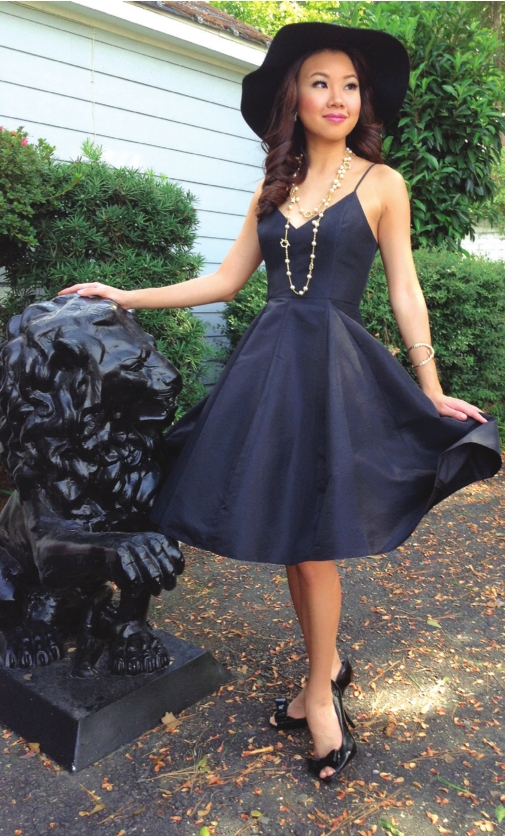Designer creates pill box hat for Jacqueline Kennedy and a star is born
[Editor’s Note: The following is an ongoing series by Jo Ann Garner about living life beautifully. This story features the resurgence of an iconic fashion label from the ’70s that revolutionized how fashions are presented on the runway.]
The Halston brand is now available online and in esteemed stores throughout the country.
Thanks to the efforts and skill of dedicated design teams, the fashion industry is seeing an exciting resurgence of some bygone clothing lines that many of us fondly remember and new generations will, no doubt, come to appreciate.
Many designers of the past were extraordinary artists whose careers often gained traction when well-known ladies wore their creations to special events and got them noticed. For designer Halston, it took only one well-known lady and one special event to accomplish this: It occurred on the day of President John Kennedy’s 1961 inaugural address.
Although the red carpet catch question, “Who are you wearing?” had not yet been coined, it was surely on the minds of style-conscious women everywhere when they caught their first televised glimpse of the nation’s chic new First Lady by her husband’s side. While Jacqueline Kennedy’s impeccable Oleg Cassini A-line wool coat with its bracelet-length sleeves and oversized buttons was striking, it was the colossal attention given to her simple, unadorned pillbox hat that would ignite and catapult the career of a young upcoming milliner known as Halston to instant rock-star status in the fashion world alongside other famous singlename designers.
At the time, Roy Halston Frowick was head of the custom
millinery department of Bergdorf Goodman in New York City. That position
put him in the right place at the right time when the store received a
request from Kennedy for assistance with her White House wardrobe
accessories.
Ladies’
hats were popular in that era, and they were Halston’s specialty. He
crafted them with genius-level talent. His expertise for headgear had
gained notoriety after he left his mid-western roots for Chicago, and by
the time he made his move to New York City, Halston had successfully
built an A-list clientele of celebrities, socialites and jet-setters
along with housewives and businesswomen.
He
was known to listen to and appreciate his patrons’ input, and he formed
valued friendships with many. “Women make fashion; designers make
suggestions,” he said. That belief served him well when, in the
mid-sixties, he transitioned his career to fashion design and ladies’
apparel. Bergdorf Goodman provided him a spacious workroom complete with
fitters and seamstresses as well as his own luxurious boutique within
the store at Fifth Avenue and 58th Street.
The
debut of his first collection in a live formal showing is believed to
have revolutionized fashion houses’ future presentations. Since Halston
had become a fan of the discotheque era, he chose to break away from the
quiet, traditional manner of showcasing garments and, to everyone’s
surprise, energized his production by adding the element of music as his
diverse group of personal models, the Halstonettes, walked the runway
strutting, swinging and smiling.
These
stunningly beautiful young ladies became his entourage and accompanied
him everywhere from press conferences to social functions in the United
States and abroad. Dubbed as Halston’s “mobile billboard,” they became
key in helping the designer to convey his advanced design sense and
undeniable spark.
On
frequent travels to Paris to take in the haute couture shows, Halston
refined his skills by studying every detail, cut and seam in the
creations of Parisian designers. He favored a style that has been called
“minimalistic
extravagance,” and he utilized that classic approach in his clothing
design ... always preferring simple, clean silhouettes that focused on
comfort and ease of wear, free of fancy trimming and
embellishment. “I don’t care for bows that don’t tie, buttons that don’t
button or zippers that don’t zip,” he once remarked.
These
were concepts that gave his work a timeless influence and its signature
mark that remained prevalent to the brand long after Halston’s death in
1990. While many have been at the company’s helm since that time, today
a new team is reviving and carrying his legacy forward based on
patterns and sketches from the designer’s archives.